If you are considering investing in handheld radio communication equipment for recreation, work, or a SHTF situation, the Retevis RT29 is a good candidate, particularly for the latter. It has advantages in power level, battery life and frequency range that far exceed other handheld radios and traditional walkie-talkies on the market.
The RETEVIS RT29 is available in VHF (very high frequency) and UHF (ultra high frequency). For this review we’ll be focusing on the UHF model of the RETEVIS RT29. We’ll discuss more about frequency characteristics and what role they play in choosing the right radio in the section below on ‘Range.’
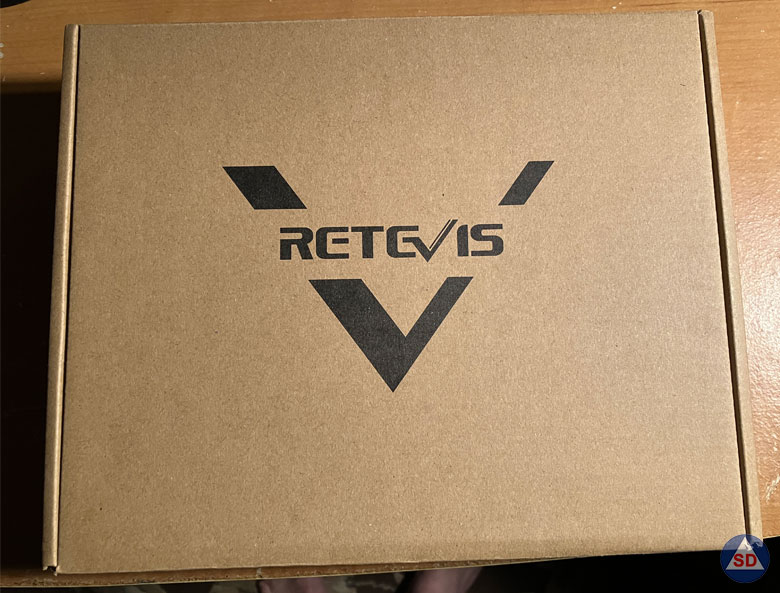
Retevis RT29 Overview/ Features
No products found.
Out of the box, you get the radio unit itself (available as single, double or multiple radio packages), belt clip, charging station, USB programming cable, hand strap and user manual. I was initially put off (and fairly amused) when I opened the user manual by the tell-tale sign of Chinese manufacturing in the form of the sentences:
“Prevent the break as well as liquid spilling from the battery” and “the charger will charge the battery more scientific reasonable, and safety.” As well as a reference to the battery “smelling like a smelly smell.” But the manual makes enough sense throughout to give the information you are looking for, and the radio itself feels tough.
The case is definitely heavy-duty. The radio also has a hefty water resistance rating, claiming that it can withstand water submersion up to a 1-meter depth for 30 minutes.
Its working battery voltage is 7.4 VDC, with a 3200 mAH Li-ON rechargeable battery that boasts approximately 30 hours of use, and about 250 hours on standby. One disadvantage here is that the radio does not support the use of disposable batteries. The flat pack Lithium it comes with is what you’ve got to work with, which means access to the ability to use the supplied plug-in charger is essential.
Two big pros are the removable antenna, which allows for an upgrade from the 7” whip it comes with, and its 10W transmitting power, which greatly exceeds traditional walkie talkies, which are restricted to fixed antennas and a maximum power output of 2W. This brings me to an important point which is NOT made very clear in the marketing or documentation for these radios. Most of the frequency ranges that both the VHF and UHF models transmit at are within the ham radio bands, which, by FCC law require licensing to transmit. (See Can I Use a Ham Radio Without a License for more information.)
Yes, the law does allow, in the event of an EMERGENCY for “any and all means” of communication with or without a license. In other words: When the shit hits the fan, all bets are off. But as an active licensed member of the ham radio community, I’ll tell you straight that if you plan on buying and using these radios in a populated area, and you aren’t broadcasting a valid FCC callsign, you are going to attract a hell of a lot of negative attention IMMEDIATELY.

You may not care that you’re “breaking the law” (hey – I get it), but you will be angering some very good people who have the skills to track you down when push comes to shove (research “foxhunting on UHF”). You’ll also be alienating yourself from a huge knowledge base, and possibly interfering with important radio traffic. The Technician level license exam isn’t that difficult or expensive, and it brings another skill to your toolbox.
The RT29 has comparable features to most other radios in its class. Some other notable additional features (which are only adjustable through the proprietary programming software) are automatic squelch, transmit output power setting adjustments, wide/ narrow bandwidth selection, Busy channel lockout, hands-free VOX function, battery save mode, and CTCSS/DCS signaling and a scrambler function.
The last two functions serve as two different methods of preventing cross-traffic, interference and eavesdropping. CTCSS/DCS signaling sends an inaudible tone (adjustable within the software) that allows the transceiver to only open the squelch and allow communication only between devices that have the same tone code assigned to them. The scrambler function is a lovely addition that encrypts and decrypts communication between two or more radios.
Anyone listening in will hear nothing but a sort of inverted mess, thus preventing the content of the communication to be understood in a situation where privacy is an issue. There is also a scan function, allowing for monitoring of all 16 channels, also programmable within the software to include or exclude any channels during the scan.
Programming Software

The radio comes with a programming cable out of the box which allows for USB connection to a computer. The software must be downloaded from the RETEVIS website along with driver updates. I found the website to be frustrating. It was full of dead links and instructions to download the software that led nowhere. The drivers were problematic and required multiple reattempts before I was able to get the programming software to function at all.
When I did finally get it working it was straight forward enough and seemed to function as intended, but the whole process used up at least an hour and a half of my time and I was not impressed. As the RT29 is a fairly new model, it is probably safe to say that some of the bugs will eventually be ironed out, but at present you can expect to have to jerk around with it a bit. In my opinion, the best all around free (and open source) general radio programming software is CHIRP.
I use it to backup, update and clone data between multiple radios of various makes, (UHF/VHF as well as HF). I was disappointed to find that the RETEVIS RT29 is not currently supported by the CHIRP platform at the time of this review. That should be forthcoming, as the chirp community isn’t usually very far behind new releases. I do recommend using CHIRP over the proprietary software produced by RETEVIS. It has a lot more knowledge base behind it and its functionality can’t be beat. CHIRP does support most other RETEVIS radios.
All in all, anyone with basic-level knowledge of downloading and installing software and drivers should be able to (eventually) connect the unit with the software interface and gain access to the additional features and customization that it allows. The bottom line is we are dealing with a Chinese company and website , which in my opinion receives the least amount of maintenance possible, thus leaving it with multiple dead-links and confusing directions. I submitted an email during the height of my frustration while trying to get the software installed, and was surprised that I did receive a response within a day, albeit an entirely computer-generated one.
Range
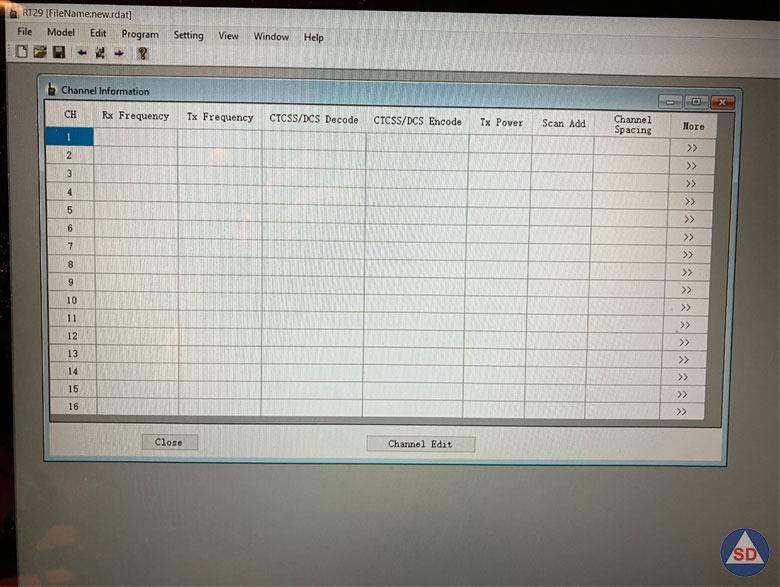
In general, the potential for “long range” communication with any radio revolves around several main factors: Transmit power, frequency characteristics, antenna, and environment (obstructions) As stated above, the transmit power for these radios, at 10W, is significantly higher than the run-of-the-mill Baofeng UV-5R or walkie talkie which usually range around 5-8W and 2W respectively. In the right conditions, I’ve personally made a 3,800 mile contact (on HF) from the East coast of the US all the way to Slovenia on only 20W.
I’ve even contacted the west coast of the US on 5W. But that’s where the conversion about frequency characteristics comes into play. The size of the wavelength band you use to transmit on has everything to do with choosing a radio. In a nutshell, VHF frequencies will travel farther using less power when they are unobstructed by trees or buildings. UHF frequencies require more power but are shorter wavelengths that do a better job penetrating buildings and other obstructions. UHF radios also tend to receive less interference from other users due to a broader available frequency spectrum.
VHF can be a good choice for maritime use, and peak to peak communication over distance, while UHF can be the better choice for deeper forest, cities or any environment with a lot of obstructions. The antenna is another defining characteristic of any radio communications system. 10W going through a 4” “rubber duck” antenna will behave completely different than the same radio with the same wattage running a foot-long whip or an external mag-mount antenna using a vehicle’s roof as a ground plane.
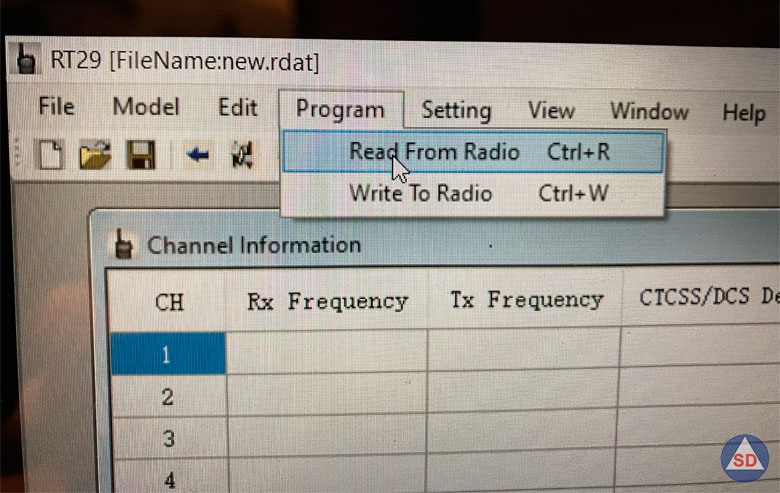
Antenna science is fascinating (to me at least), and was a big part of the knowledge base for passing my General class ham license exam. If you’ve ever dreamed of MacGyver-ing a pile of scrap metal into an effective directional antenna, or bouncing HF communications around the planet off of the Ionosphere, or the moon, or even a comet tail… I highly recommend it. The RT29 comes with a 7” antenna. Not great, not bad. But it is removable and can easily be replaced with any other antenna designed to transmit and receive within the same frequency range, and has a male SMA connector.
The area I performed a range test within was a mix of both. Mid-coast Maine has small mountains and forests as well as decent stretches of line of sight as you move inland. My expectation was that the UHF model would perform well up to about 5 miles and then begin to falter.
I did signal tests at 2, 5,8 and 10 miles. Although the terrain varied somewhat from hilly to a more even open plain, signal reports were decent from 2-5 miles and then began to drop off significantly until we reached a more open line of sight terrain, which yielded decent results up to and ending at about 8 miles. This is a marked difference from what the company attempts to sell you as “long range,” but well within my expectations, which were based much more upon radio science than a marketing campaign.
When they boast of maximum range, it’s usually a theoretical maximum based on a situation where all factors are as Ideal as possible (a situation that rarely, if ever happens in real life). To get a better feel for the RT29’s real transmit capability, outside of the standard unit to unit testing using the two stock 7” antennas included with the radio, I contacted a friend who has a large radio tower at his shack, capable of transmitting and receiving HF, VHF and UHF.
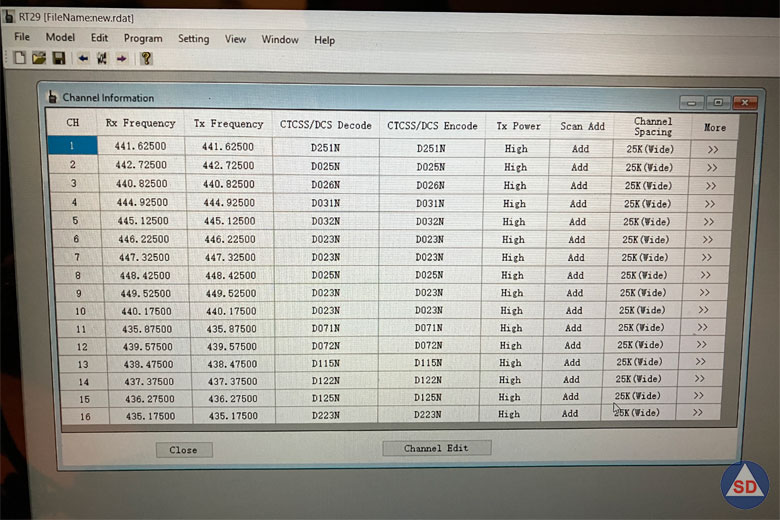
I used the programming software to establish the frequency set on channel 1 (441.625) and sent him the CTCSS/DCS decode data, which he programmed into his radio, so that his return transmissions would actually open my squelch and be received like the other RT29. Then I took a drive with my 11 year old son, also an aspiring ham radio enthusiast, and did some more transmission testing. We were able to mutually confirm when transmissions were lost, broken or not received at all by using my truck’s mobile 35W radio in conjunction with the RT29.
Results were also as expected. Depending on terrain and foliage (the two factors that seemed to most determine success or failure with the units) the RT29’s transmission was able to be received at the tower at a greater distance than using the units alone, but not to a great degree.
Anywhere beyond about 5 miles was still shotty. At one location nearing ten miles out the tower transmission did open the squelch on the RT29, but communication was not received, which is fairly typical performance for these frequencies at these distances. I expected some improvement in a more urban setting but found very similar results. Within the working range of about 3 miles the signal was strong and the communication was clear.
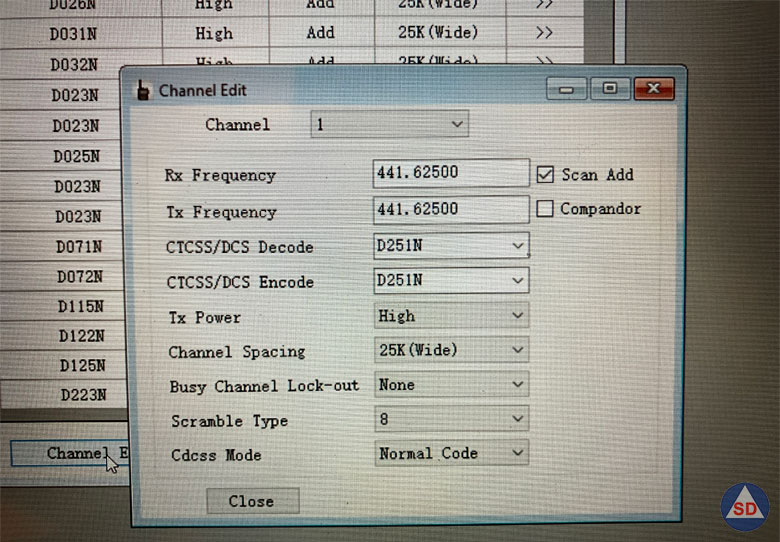
Unit performed as advertised, but limited to a maximum of approximately 5 miles. I will hazard a guess that if you were swinging off a mountaintop, these radios WOULD probably be able to communicate at upwards of 15-20 miles (line of sight).
Conclusions
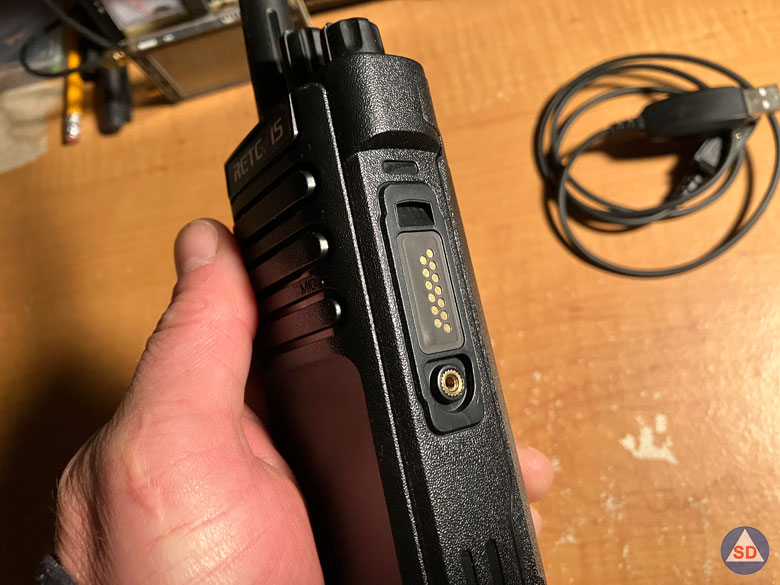
The RETEVIS RT29 is a well-built, fairly powerful hand held for the money. The UHF model we reviewed here would be a good choice for urban use during an emergency, or jobsite communications in that same environment. If I was looking to choose a two way radio for wilderness or maritime use I would definitely go with the VHF model available from Retevis, and in both cases I would upgrade the antenna to whatever maximum size my situation allowed.
No products found.
The customer and tech support is typical of a Chinese company, which is to say: Bad. The software leaves a lot to be desired, but gets the job done. And it is likely that CHIRP will catch up before too long and solve that problem. The radio’s features are well within expectations and perform satisfactorily. Battery life in standby mode seems to be a big pro with this model for me, in that it would be ideal for monitoring for long periods of time and using the scan function expands that ability further.
Listing for about $170 for the pair, the price point is reasonable. All in all, a decent radio that performs as advertised if you are realistic about basic radio science limitations.
Gabriel Zacchai is a General Class licensed ham radio operator and enthusiast, as well as a longtime prepper, gardener and homebrewer who loves building DIY power and communications systems out of the refuse of our crumbling world.

2 comments
Hmm, I wonder why you would go with a radio that has so many limitations for the cost when there are solutions out there with more/better features and may cost less? Not that they are the only one, just the manufacturer I am more familiar with, but Baofeng’s can be had in the $30 range, with more memory channels available for storage and several have batteries available that DO NOT require the charging cradle to keep them charged. I especially consider this a major drawback for emergency purposes (vs. everyday usage). They are now releasing batteries that have direct USB-C connection ports on them so you can charge them with a common cable you probably already have and from a common battery pack most people have on hand.
—Nowdays, I don’t consider the lack of an alkaline battery carrier to be a detriment as there are so many ways to keep rechargables charged. And, most of the stuff I would have on hand to keep the radio charged is the same things I keep on hand to service ALL my other electronics that have or can take rechargables.
I agree with much of what you said, but I still think there’s a place for alkaline batteries, particularly if you’re on the move and need to keep devices powered.